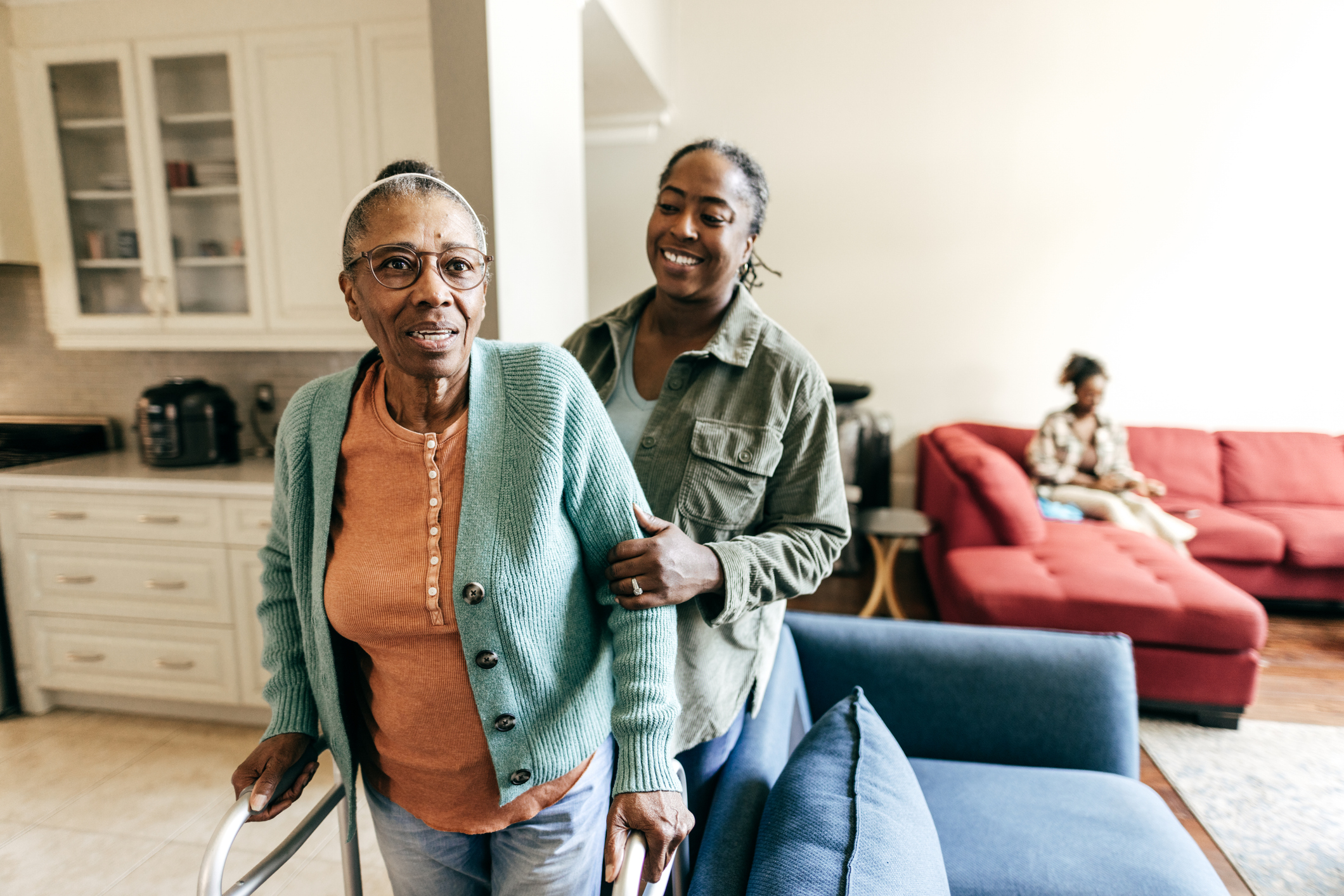Skin care and aging: Common concerns for older adults
As we get older, our skin changes. Years of exposure to the sun may lead to wrinkles, dryness, age spots and even skin cancer. With age, our skin becomes thinner and our bodies may lose fat. As a result of skin aging, some injuries might take longer to heal. These include even minor scrapes, bruises and cuts. Below are tips for dealing with some of the most common skin-related concerns for older adults.
Dry skin and itching
Many older adults experience patches of dry skin. Common causes of dry skin include low water intake (dehydration); excessive exposure to sun or dry air; smoking; stress; or a loss of sweat and oil glands, which is common with age. Chronic conditions, such as diabetes and kidney disease, may also cause dry skin. Scratching dry or itchy patches of skin can cause bleeding that could lead to infection if not treated properly.
To alleviate minor cases of dry skin at home, use moisturizers, lotions, creams or ointments on the affected areas. Use mild soap and bathe with warm water, which is less drying than hot water. You can also use a humidifier, an appliance that adds moisture to a room. Talk to your doctor if your skin is very dry and itchy.
Bruising
Older adults may bruise more easily and take longer to heal than younger people. Some medicines or illnesses may contribute to bruising. Unexpected bruising may be a sign of a more serious problem. Talk to your doctor if you see bruises that do not have an obvious cause, especially on parts of your body usually covered by clothing.
Age spots
Age spots, sometimes called “liver spots,” are flat, brown marks on the skin that are often caused by prolonged sun exposure over many years. The spots are larger than freckles and commonly develop on areas of the body that are regularly exposed to the sun. Regularly using a broad-spectrum sunscreen that protects against both UVA and UVB sun rays may prevent the development or darkening of age spots. These spots are usually harmless and may be a cosmetic concern for older adults. But it’s important to have a doctor examine any new or concerning marks on your body.
Skin cancer
There are three types of skin cancer. Basal cell carcinoma and squamous cell carcinoma grow slowly and rarely spread to other parts of the body. These types of cancer are usually found on parts of the skin most often exposed to the sun, like the head, face, neck, hands and arms. The most dangerous type of skin cancer is melanoma. While it is the rarest form of skin cancer, melanoma can spread quickly to other organs and can be deadly.
Check your skin once a month for signs of cancer. Look for changes on your skin, such as a new growth, a sore that won’t heal or a bleeding mole. Contact your doctor as soon as possible with any concerns about skin cancer.
Source: National Institute on Aging




